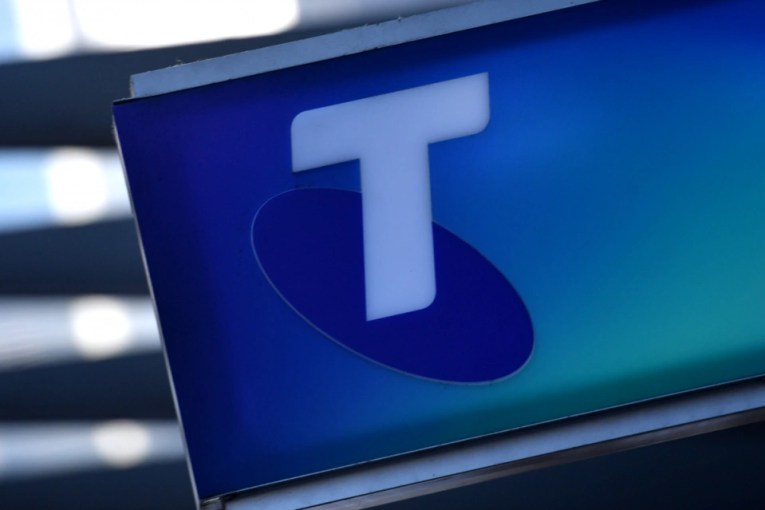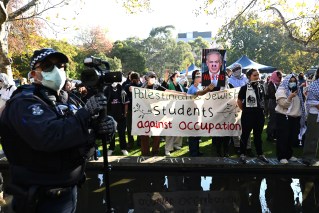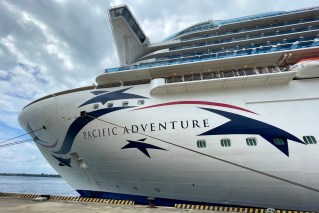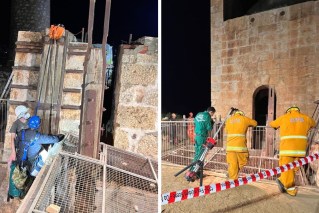Dead meat: There’s a human cost to the uber-fast food delivery gig economy – but no one is keeping tabs

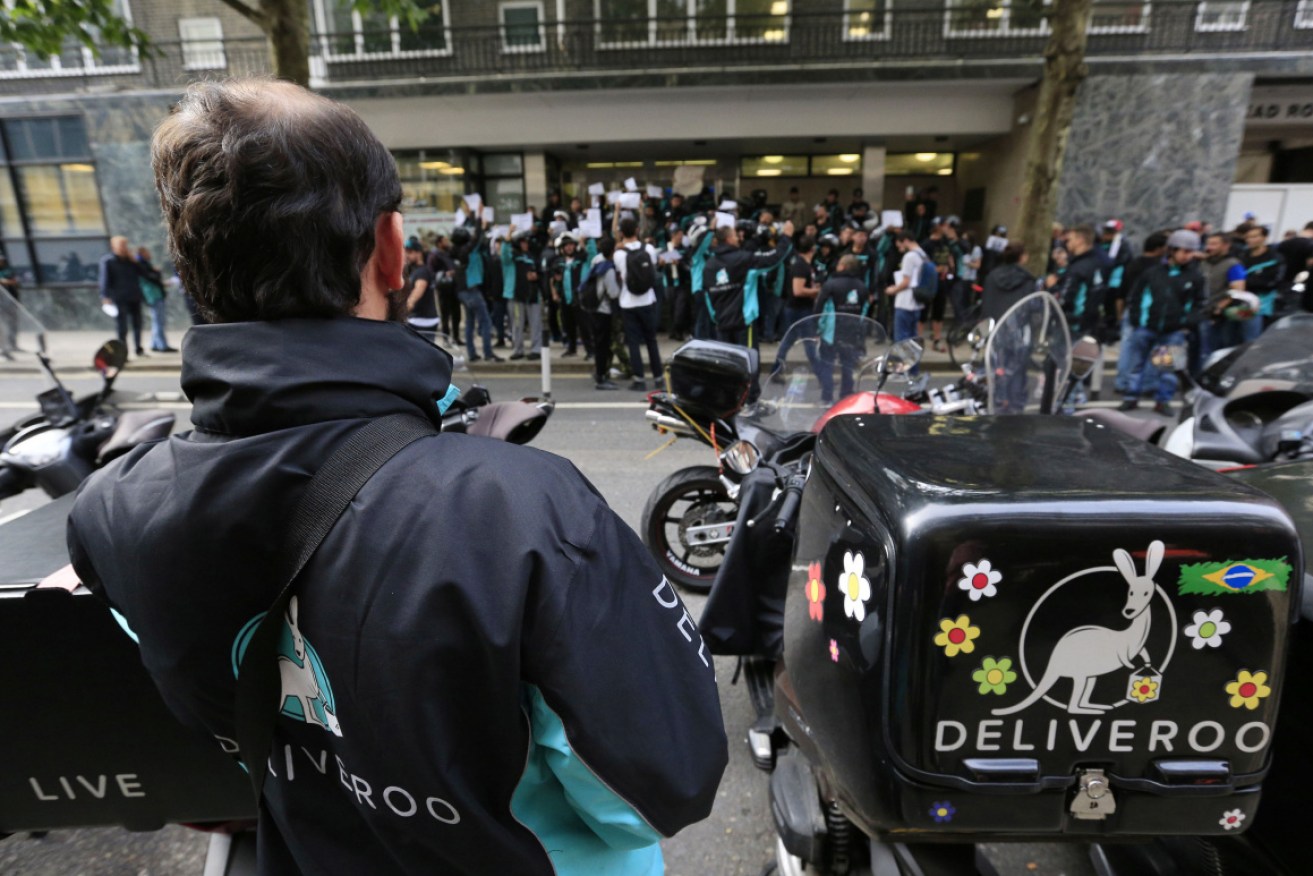
Deliveroo riders held a protest over pay in 2016, but worldwide it's not just pay riders worry about. Photo: AAP
Delivery riders zipping through city streets on scooters and bikes are being killed and seriously injured, but governments aren’t tracking the true human toll of the cheap eats gig economy.
At least four delivery riders are believed to have been killed this year in Australia – two of them confirmed by Uber Eats and identified as young Taiwanese men who worked for the platform.
Speaking to The New Daily on the condition of anonymity, riders said lives were put at risk on the street as they felt under pressure to drive fast and break road rules.
Unlike a traditional job, in the gig economy workers don’t get paid a salary. It means the more food deliveries, the higher a worker’s take-home pay – so, it’s no wonder riders choose to rush.

Deliveroo ranks its riders according to performance. Photo: Getty
The nature of the job is that demand for food will increase in rainy weather, when hungry residents don’t want to go outside.
That means couriers are battling slippery streets and poor visibility to deliver a hot meal.
Add that to the fact that a busy time for dinner deliveries coincides with peak-hour traffic on the roads, and it’s safe to say riders have a risky job.
Then there is the pressure from management and ‘hangry’ customers.
In one case this year, an UberEats delivery worker in Adelaide was sacked after being 10 minutes late.
Professor of Urban Transport and Public Health at The University of Melbourne, Mark Stevenson, told The New Daily the business model of food delivery app companies exacerbated risks to worker safety.
“We know piece rate payment, like these companies do, has one of the highest risks per kilometre travelled in relation to heavy vehicle travel,” he said.
Counting the cost of that pho delivery
When it comes to pushing for change to laws or government policy, data is power.
But just how many fast food couriers have been hurt – or even killed – at work?
It seems no one quite knows.
A survey of Deliveroo workers has found 41 per cent of riders were worried about their safety.
The industry’s union, meanwhile, said their figures showed one in two delivery workers had been seriously hurt or knew a colleague who had been.
Riders reported being ‘doored’ and hit by cars, busses and taxis, while others said they had slipped on tram tracks.
The more serious injuries left riders out of work for weeks.
The two major players – Deliveroo and UberEats – confirmed riders killed or injured on the job were covered under company insurance policies.
But when questioned by The New Daily, neither would divulge data on how many insurance claims there had been.
Dr Marilyn Johnson, Senior Researcher at Monash University Institute of Transport Studies, has authored a report on safety for Deliveroo.
Dr Johnson said no one seemed to be tracking riders’ injuries.
“In terms of tracking and injuries and data and reporting, that’s an enormous gap,” she said.
VicRoads, Victoria Police, the Transport Accident Commission, WorkSafe Victoria, SafeWork NSW, NSW Police, and Safe Work Australia were unable to give any information on the numbers of food delivery riders that had been hurt, or killed in the line of work in the past year.
A Victorian government spokesperson told The New Daily there was “no evidence” there has been an increase in crashes caused by delivery drivers.

Third-party delivery services like UberEats have changed the way Australians access food – and riders are now a common sight in cities and suburbs. Photo: Getty
From the mouths of riders
In October, Deliveroo announced it had formed a riders advisory panel, of 10 riders, to improve safety for its 8000-strong delivery workforce across Australia.
It’s believed to be the first gig-economy advisory panel in Australia.
In theory, it could mean riders have a chance to voice their concerns and work directly with management – or lobby governments – on safety improvements.
- Related: Former Deliveroo rider sues
Perth PhD research student and Deliveroo worker Sheeraz Mohd said he’d been hurt in the past when he came off his motorbike on a wet, windy day.
Mr Mohd is one of the 10 riders appointed to the advisory board.
He welcomed the initiative. But, while agreeing riders were at particular risk during peak hours, he stressed that it wasn’t the company that was putting pressure on them to deliver more.
“Riders are sometimes trying to deliver the orders really quick – Deliveroo doesn’t encourage it – the riders see it as a peak hour,” he said.
“In the peak hours if you do all the good orders you can earn $50 in two hours.”

Sheeraz Mohd works for Deliveroo in his spare time from his PhD study.
Transport Workers Union national secretary Michael Kaine isn’t so optimistic about the advisory panel, describing it as “a smokescreen for their appalling attitude towards the safety and wellbeing of their delivery riders”.
TWU has claimed Deliveroo has increased the distance riders can deliver food, effectively cutting their pay as it takes longer to perform all the deliveries.
“The result of these attacks on riders’ take-home pay is to heap extra pressure on riders to make more deliveries as quickly as possible, forcing them to take safety risks,” Mr Kaine said in October.
Jodi Ingham, head of operations at Deliveroo Australia said in a statement, “It goes without saying that being safe on the road matters to our riders and matters to us.”
